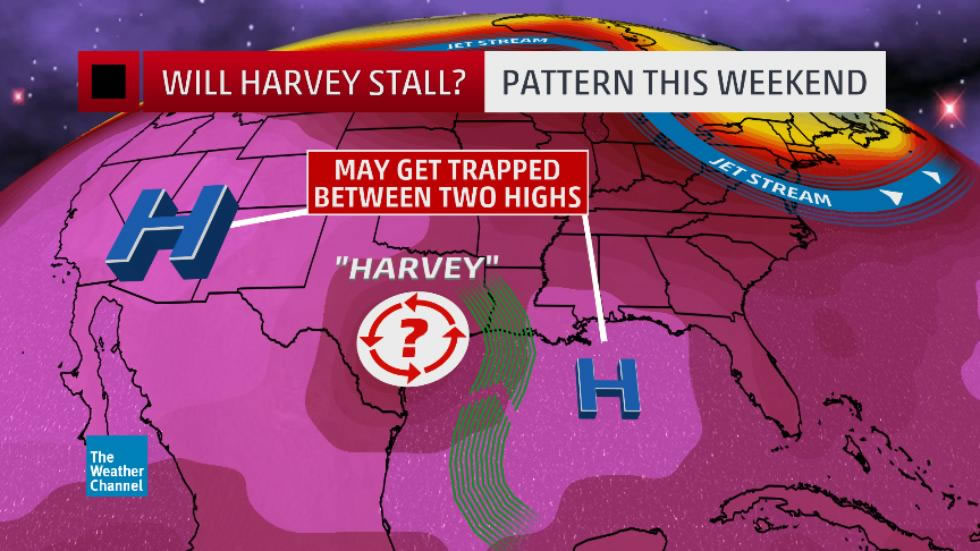Leveraging Enhanced IR and Decoking Process Optimization to Increase Heater and Unit Capacity
Editor’s Note: From the Top is a recurring column in Inspectioneering Journal that explores how different parts of organizations can partner in a collaborative manner to discover new efficiencies, improved equipment integrity and opportunities to capture additional margin.
The year 2020 shifted the traditional mindset of much of our sector. In order to thrive, companies need to be lean and mean on personnel indexes, maintain top tier optimization and run equipment safely, reliably and aggressively. Leveraging highly accurate thermography is one piece of the puzzle to help with these shifts. In my early career as a process engineer, I spent a lot of time on crude and coker heater furnaces trying to minimize coking and run as long as we could safely before we had to do a decoke.
I remember during a new process engineering role, we were battling hot tube skin thermocouples on a crude heater. In my process silo, no one had performed a deep dive into the systems to understand if we had a true problem or faulty instrumentation. No one had seen infrared (IR) scans of the subject heater nor tried to leverage data into actionable steps. As it turns out, the inspection department (not 100 yards away from my cubicle) had been doing IR scans all along. We the process engineers didn’t realize it! The historical data we needed all along was going into a file cabinet somewhere! Breaking down this silo and improving the routine collaboration between my inspection counterpart and me proved invaluable on this challenge.
IR Thermography
IR thermography is not a new idea; it is a robust and mature technology which has been used on fired equipment for at least 30 years. Data acquired with thermography within fired equipment can have poor credibility. IR credibility ultimately impacts its utilization as a tool to run equipment safely and aggressively. Many factors play into accurate thermography on fired equipment. Heater tubes regularly operate at 900-1,700°F (in a 1,500-3,000°F firebox) with highly variable surface conditions which may have fouling inside with large pillars of fire (aka burners) in the middle of it all. The complexity of the systems make it difficult to accurately measure the tube mid-wall temperatures without the correct tools and techniques. If one can accurately and consistently measure mid-wall tube temperature, then integrity can be maintained while simultaneously optimizing to a true limit on a heater. It is not uncommon to find millions of dollars per year in margin capture across a refinery by achieving accurate thermography, which is then acted upon to improve operations.
Example
I will share one recent example of utilizing thermography to help run a delayed coker heater to a true tube metal temperature (TMT) limit. The heater is a two pass, two cell, cabin style heater. There is one pass in each cell and the installed tube skin thermocouples in the high heat flux zones had failed. A maximum TMT limit was set, and over a few days the unit was step-tested with rounds of IR thermography to fine-tune where it could safely run to a limit. A cross-functional team of process engineers, furnace experts, and thermography specialists worked together during the step tests to maximize rate while minimizing TMT.
After operating conditions were fine-tuned and documented, a routine check with IR was conducted to ensure the heater remained at, or below, its TMT limit. This allowed roughly 500 BPD more rate through the subject coker unit with no ill effects to the mechanical integrity. The higher coker rate allowed another 1,000-1,500 BPD of throughput to the whole refinery for another three months before the next planned decoke of this heater.
Conclusion
This is one of many applications where IR thermography can substantially contribute to profitability when coupled with a cross-functional team to optimize the equipment. I challenge you to break out of your silo, work across disciplines, and apply these principles. Our industry’s future depends on it!
Have a question on this article or wish to contact one of Becht’s experts in IR thermography? Click the button below:





